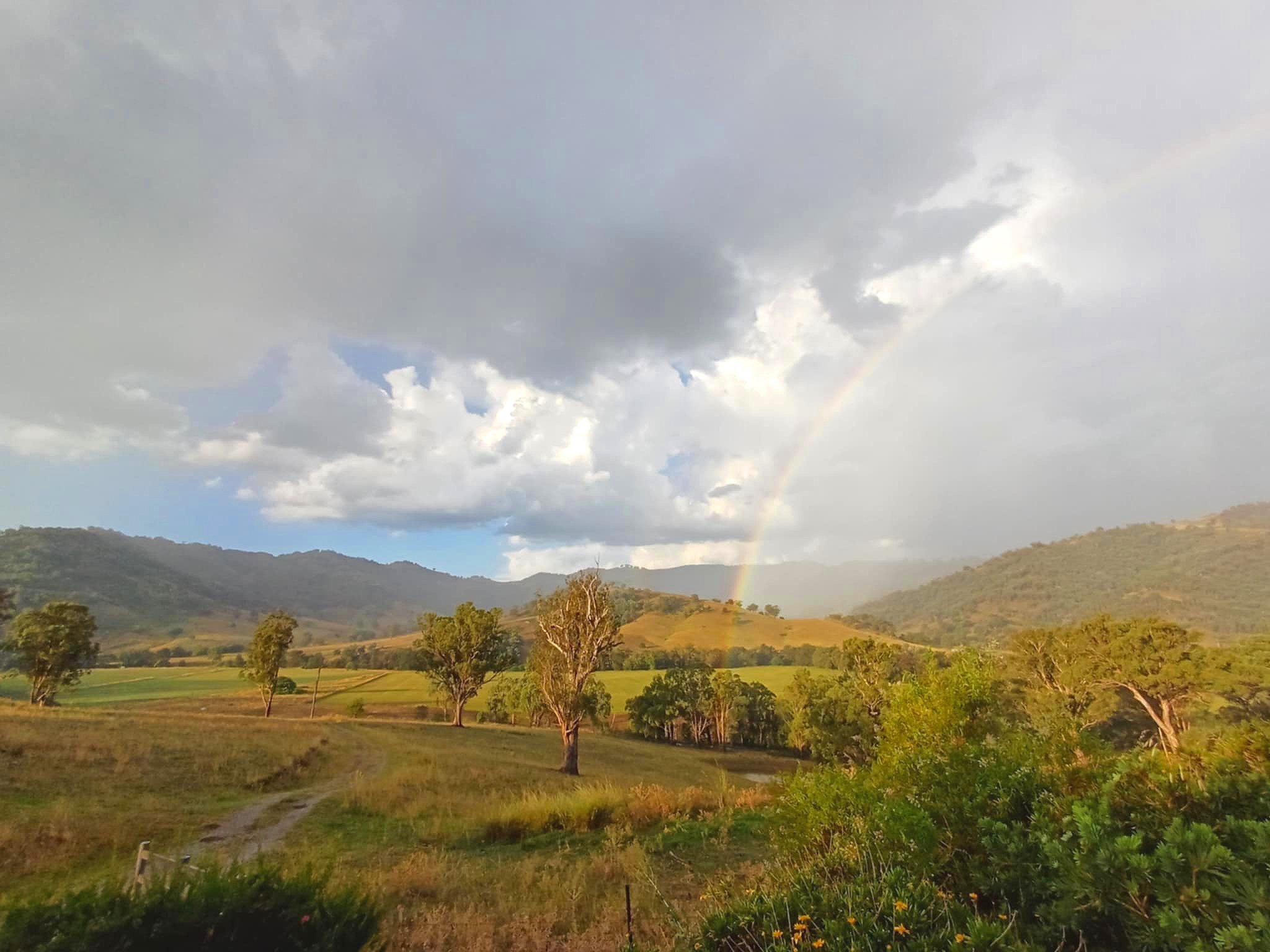
Environment
Pumped hydro west of the Great Divide will be an environmental and ecological disaster.
The Dungowan Creek valley is home to one of the most diverse range of fauna in the whole of Australia. Our valley is a special place of mineral-rich soils where irrigated lucerne paddocks and fertile grazing lands nestle amongst untouched native bushland of the Great Dividing Range. The proposed Dungowan Pumped Hydro Energy Storage (PHES) project threatens all of that.
We share the Dungowan valley with many endangered and vulnerable species, including platypus, koalas, spotted quoll, squirrel & greater gliders, brush-tailed rock wallabies, several species of bats and more. The riparian area is home to wombats and the vulnerable Murray Cod, among many others. This is a well known destination for birdwatchers, boasting one of the largest range of bird species in one area. Over 400 species of native birds either reside, breed, migrate through, or winter in New England. The tight Dungowan Creek gorge is home to the endangered Booroolong frog as well as the threatened Davies' Tree frog.
Much of the remnant bushland is White Box Grassy Woodland with a wide variety of eucalyptus, native pines and she-oaks. Our valley is home to the critically endangered Dungowan Star Bush (Asterolasia beckersii). Along the creek banks you can find River Oak (Casuarina cunninghamiana), Rough-barked Apple (Angophora floribunda), River Red Gum (Eucalyptus
River Oak (Casuarina cunninghamiana), Rough-barked Apple (Angophora floribunda), River Red Gum (Eucalyptus camaldulensis), and several species of Callitris (native conifers) and Lomandra (mat rush).
All of this is at risk if EDF is allowed to build a pumped hydro power station in the upper valley. There could be over 500 workers living on site during construction, all of whom will require access to septic, clean water and rubbish disposal. The impact will be enormous on the delicate local environment.
There will also be impacts further afield. The water from Dungowan Creek, especially when it floods, flows into the Peel and Namoi Rivers below Lake Keepit. Along the way that water helps to restore acquifers and wells. It then flows into the Barwon and Darling Rivers, helping to replenish the Menindee Lakes and the Murray River beyond. If the Dungowan PHES takes over 4 gigalitres from Dungowan Creek, then that's 4 gigalitres that will not flow into the Murray-Darling system.
